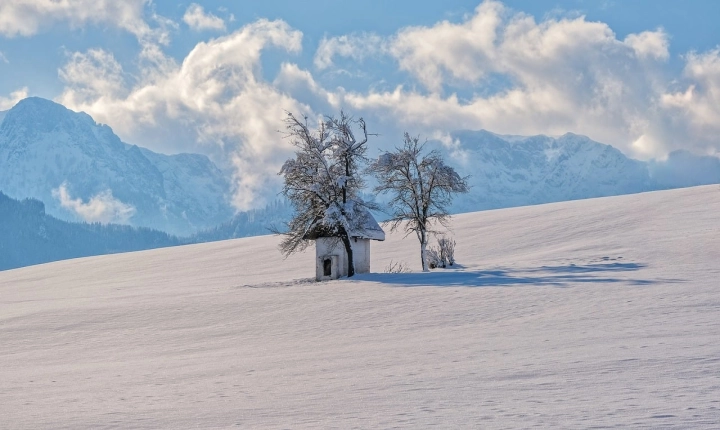Creating art with AI has become a popular and intriguing topic in recent years. This unique fusion of technology and creativity has opened up new possibilities for artistic expression, challenging traditional notions of what it means to be an artist. AI art, often referred to as “generative art,” involves using artificial intelligence algorithms to generate unique, original, and often thought-provoking pieces of art. Here’s a look at how one can create AI art and the potential impact it can have on the art world.
The first step in creating AI art is to understand the different approaches and techniques available. There are various AI algorithms and tools that can be used to generate art, each with its own strengths and limitations. Some artists may choose to use deep learning algorithms to create images, while others might prefer to work with generative adversarial networks (GANs) to produce more abstract and surreal pieces. It’s important for artists to explore these various options and choose the one that best aligns with their artistic vision.
Once artists have chosen a specific AI approach, they can begin the process of training the algorithm. This typically involves feeding the AI system a large dataset of images and allowing it to learn the patterns and characteristics of these images. As the algorithm learns, it can start to generate new images based on the patterns and styles it has identified in the training data.
The next step is to experiment with the generated images and make adjustments to the algorithm’s parameters to refine the output. This iterative process allows artists to steer the AI system towards creating art that aligns with their creative vision. By tweaking the parameters and providing feedback to the algorithm, artists can guide the generation of images in the direction they desire.
One of the unique aspects of creating AI art is the collaborative relationship between the artist and the algorithm. While the AI system is responsible for generating the images, the artist still plays a crucial role in curating and refining the final pieces. This collaborative process challenges traditional notions of authorship in art, raising questions about the role of the artist and the algorithm in the creative process.
The potential impact of AI art on the art world is significant. It has the potential to democratize the creation of art, making it more accessible to a wider range of individuals. AI art also challenges traditional boundaries of artistic expression, pushing the boundaries of what can be considered “art.” Furthermore, it offers a new perspective on creativity, exploring the intersection of human imagination and machine intelligence.
However, there are also ethical questions to consider when it comes to AI art. Issues such as copyright, ownership, and the originality of AI-generated art raise important discussions about the nature of creativity and authorship in the digital age. As AI art continues to evolve, it will be important for artists, technologists, and the broader art community to engage in thoughtful conversations about the implications of this emerging art form.
In conclusion, creating AI art is a fascinating and evolving process that has the potential to redefine the way we think about art and creativity. By leveraging AI algorithms and techniques, artists can explore new realms of artistic expression and challenge traditional boundaries. As AI art continues to develop, it will be exciting to see how it shapes the art world and sparks meaningful conversations about the nature of creativity and authorship.
